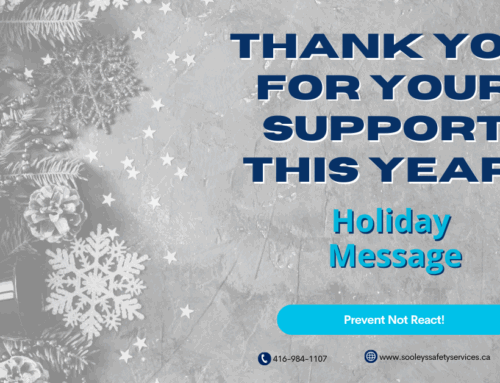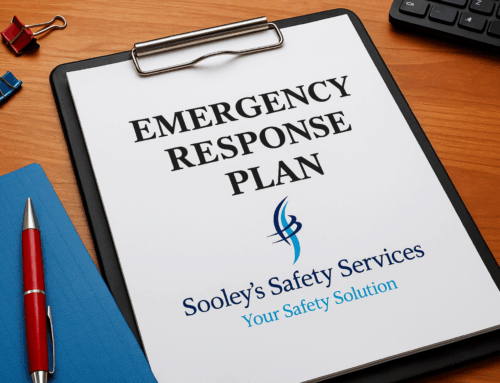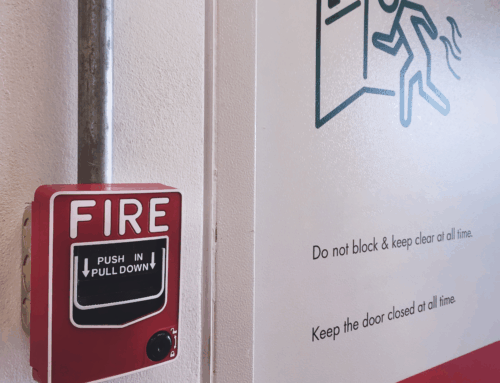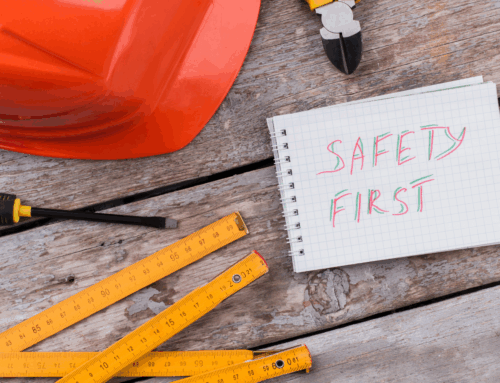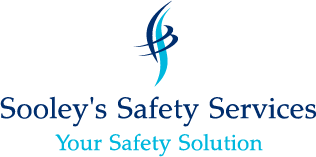As a safety consultant, my mission is to promote a culture of safety in the workplace and prevent accidents that could lead to injuries or even fatalities. In my latest blog, I want to shed light on the crucial topic of fall protection plans and why they are essential for maintaining a safe work environment.
Understanding the Risks:
Falls are one of the most common causes of workplace injuries, especially in industries such as construction, manufacturing, and maintenance. A fall from height can result in serious injuries, including broken bones, head trauma, and spinal cord injuries. In some tragic cases, falls can be fatal.
Developing a Fall Protection Plan:
A comprehensive fall protection plan is a vital component of any company’s safety program. The plan should be tailored to the specific hazards present in the workplace and comply with relevant safety regulations. Here are key steps to consider when developing a fall protection plan:
- Risk Assessment: Identify areas in the workplace where falls could occur, such as roofs, ladders, scaffolds, or elevated platforms. Assess the potential risks and determine the best strategies for fall prevention.
- Hazard Controls: Implement engineering controls, administrative controls, and personal protective equipment (PPE) to mitigate fall hazards. This may include guardrails, safety nets, fall arrest systems, and training programs for employees.
- Training and Education: Ensure that all employees receive proper training on fall protection measures, equipment usage, and emergency procedures. Regular refresher training sessions can help reinforce safety practices and keep employees informed about best practices.
- Inspections and Maintenance: Regularly inspect fall protection equipment to ensure it is in good working condition. Conduct routine maintenance and repairs as needed to prevent equipment failures that could lead to accidents.
- Emergency Response: Have a clear emergency response plan in place in case a fall incident occurs. Train employees on how to respond to emergencies, provide first aid kits in accessible locations, and establish communication protocols for reporting incidents.
Promoting a Culture of Safety:
A successful fall protection plan requires commitment from all levels of the organization, from management to frontline workers. By prioritizing safety, companies can create a culture where employees feel empowered to speak up about safety concerns and take proactive steps to prevent accidents.
Conclusion:
Fall protection is a critical aspect of workplace safety that should not be overlooked. By developing a comprehensive fall protection plan, companies can reduce the risks associated with falls and create a safer environment for everyone. As a safety consultant, I urge businesses to prioritize employee safety and invest in robust fall protection measures to protect their most valuable asset—their workforce. Let’s work together to ensure that every worker goes home safely at the end of the day.
Get in touch today for a free, no-obligation consultation.



